
classification of ore minerals
2021-04-24T07:04:55+00:00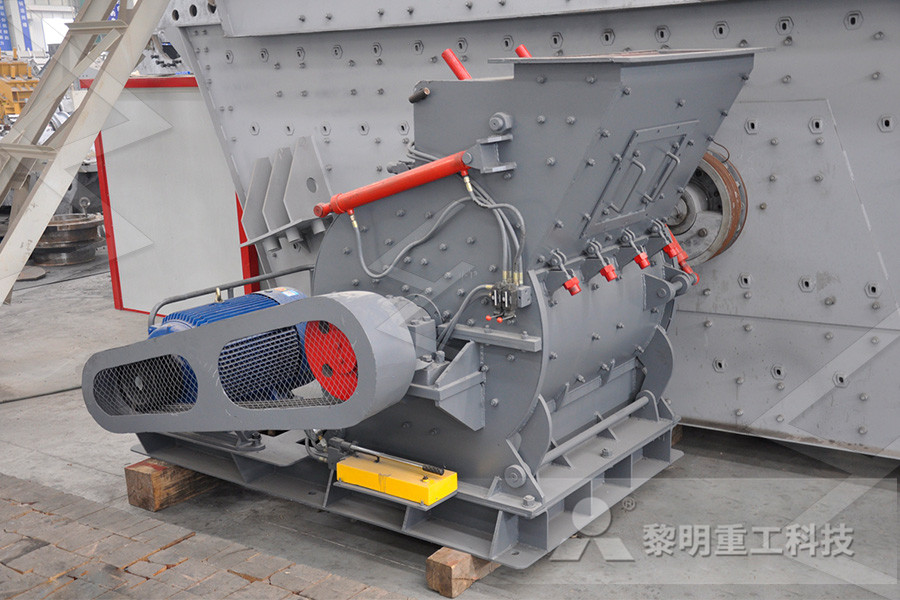
Classification of Mineral Resources and Ore Reserves
current classifications of mineral resources and ore reserves are based on geological assurance (eg, characteristics of the orebody, especially geological and 22/10/2017 •Niggli, Schneiderhöhn, Lindgren, and Bateman classifications are essentially similar; genesis or nature of the orebearing fluid is the basis of the primary subdivision in all of them •Niggli and Schneiderhöhn classifications include subdivisions for mineral associations or metal content of the deposits So, they may be used in the fieldClassification of ore deposits SlideShareand feldspars, which will be discussed in Chapter 6 of the Encyclopedia Ore minerals generally show a high density and a metallic luster, compared with semimetallic and nonmetallic minerals Therefore, ore minerals are not transparent and thus cannot be investigated microscopically under transmitted light During the first part of theORE MINERALOGY EOLSS
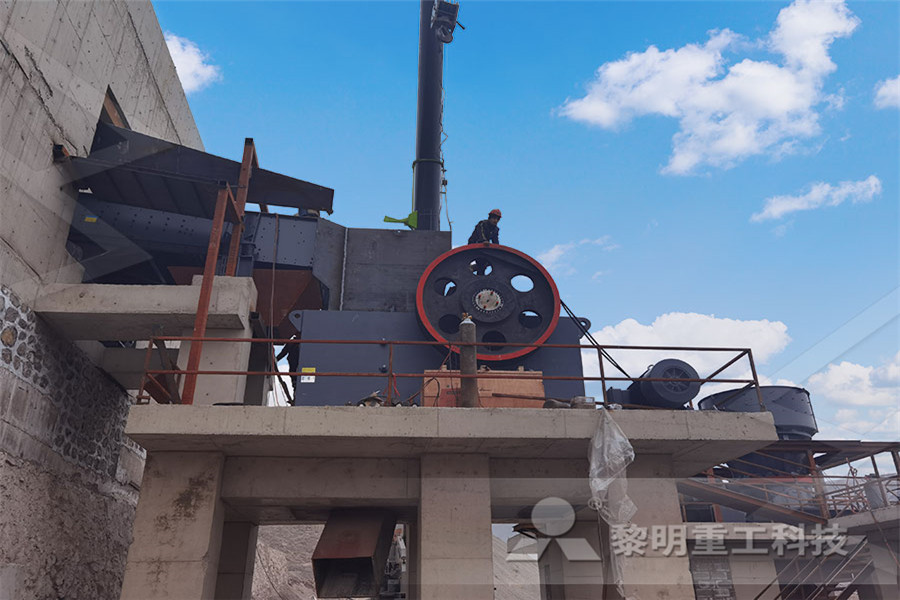
Classification of Mineral Deposits Earth Sci
Here, then, is the classification: Porphyry Large, low grade deposits usually associated with a porphyritic intrusive body A CuMo B Cu (Au) C Mo (W) Skarn Mineral deposits formed by replacement of limestone by ore and calcsilicateminerals, usually adjacent to a felsic or granitic intrusive body A WCu (Zn, Mo) B ZnPbAg (Cu, W)Mineral Classification Sternberg Museum of Natureal History Hours and Admission (877) 3321165 Donate Mineral Classification Geologists first classified minerals according to their primary chemical composition, such as iron or copper In the mid19th century, American geologist, mineralogist, and zoologist James Dwight Dana created a Mineral Classification Sternberg Museum of Natureal HistoryIl existe plusieurs systèmes de classification dans le monde, les plus couramment utilisés sont la classification canadienne CIM (voir NI 43101), l'Australian Joint Ore Reserves Committee Code (JORC Code), le South African Code for the Reporting of Mineral Resources and Mineral Reserves ( SAMREC) et le schéma de classification « en échiquier » des gisements Classification des ressources minérales Mineral resource
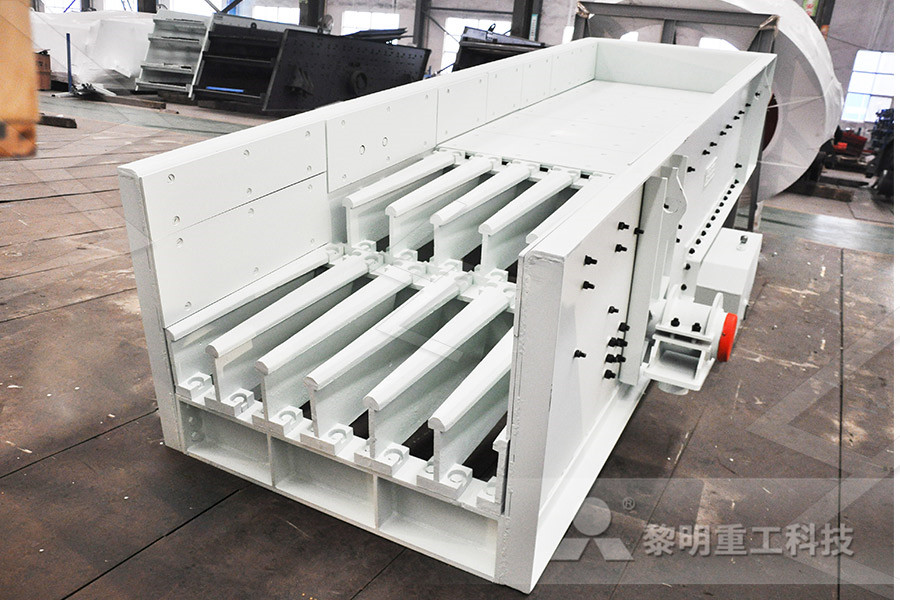
ORE MINERALOGY EOLSS
oremineral phases under the reflectedlight microscope qualitatively with the additional use of etching techniques These systematic studies resulted in the publication of the first edition of Die Erzmineralien und ihre Verwachsungen [The Ore Minerals and their Intergrowths] in 1950 2 Characteristic Physical Properties of Ore MineralsIn another common method of classification, ore minerals are divided into hypogene (also termed primary) deposits and supergene (also known as secondary) deposits The secondary deposits are formed as alteration products of primary deposits through weathering and related processes An ore deposit may be either of igneous or of sedimentary origin Some deposits Mineral Ore Deposits: Meaning, Origin and Types GeologyMineral deposits: Classification Ore deposits are of such infrequent and random occurrence, of such modest size, and so different in composition in comparison with the generality of rocks, that they probably require an uncommon sequence Mineral deposits: Classification SpringerLink
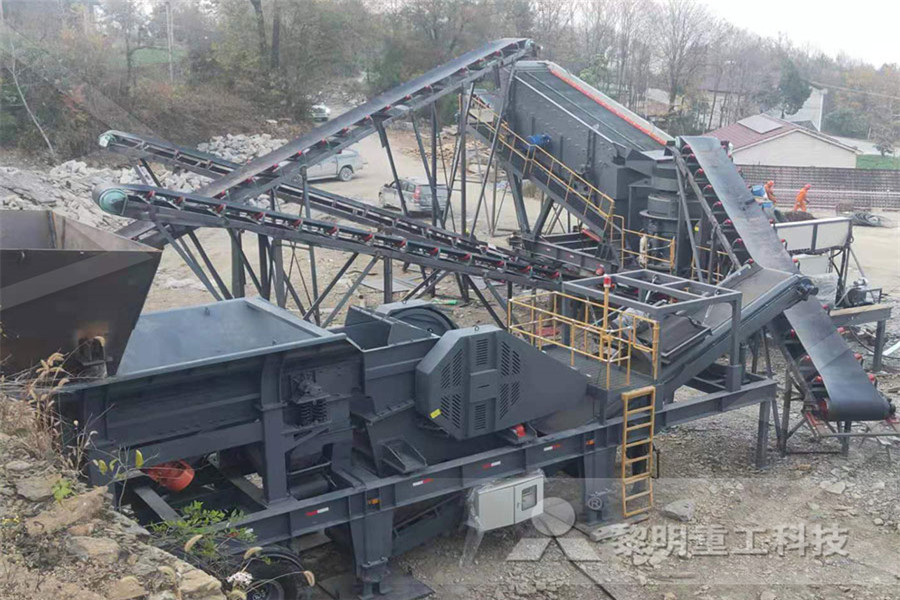
(PDF) ORE SEPARATION BY CLASSIFICATION ResearchGate
classification, and the types of classifiers u sed in mineral processing 10 Introduction: Size control of particles finer than 1 mm , are out of the practical range of conventional screensClassification of Mineral Resources and Ore Reserves is an essential component of Resource/Reserve estimation, and is one of the most important responsibilities of Classification of Mineral Resources and Ore ReservesMinerai Ore Aller à la navigation Aller à la recherche Roche contenant des métaux, minéraux et éléments précieux Minerai de fer (formation de fer en bandes ) Manganèse minerai psilomélane (taille: 6,7 × 5,8 × 5,1 cm) minerai de plomb galène et anglesite (taille: 4,8 × 4,0 × 3,0 cm) Minerai d'or (taille: 7,5 × 6,1 × 4,1 cm) Chariot pour transporter le minerai d'une Minerai Ore Wikipedia
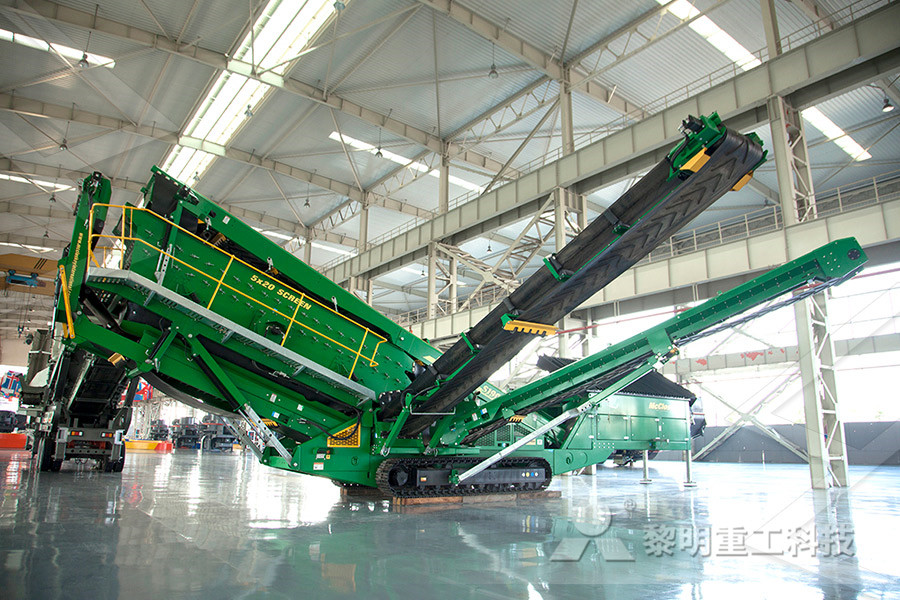
Classification and Nomenclature of Minerals KSU
The Berzelian mineral classification system was named in honor of the Swedish chemist and mineralogist Jons Jakob Berzelius (17791848) The Berzelian system categorizes mineral species according to the main anion group present in their chemical structure All mineral species of a certain class are therefore chemically similar because they possess the same main anion PROF NIGGLI has followed his important monograph of 1920 on the function of the volatile constituents in petrology by an interesting essay on their importance in Classification of Ore Deposits Nature22/10/2017 Schneiderhöhn Classification •Schneiderhöhn also considered only mineral deposits related to magmatic processes •Four main classes are recognized depending on the nature of the orebearing fluids: intrusive and liquidmagmatic (magma), pneumatolytic (gases under high temperaturepressure conditions), hydrothermal (aqueous solutions), and Classification of ore deposits SlideShare
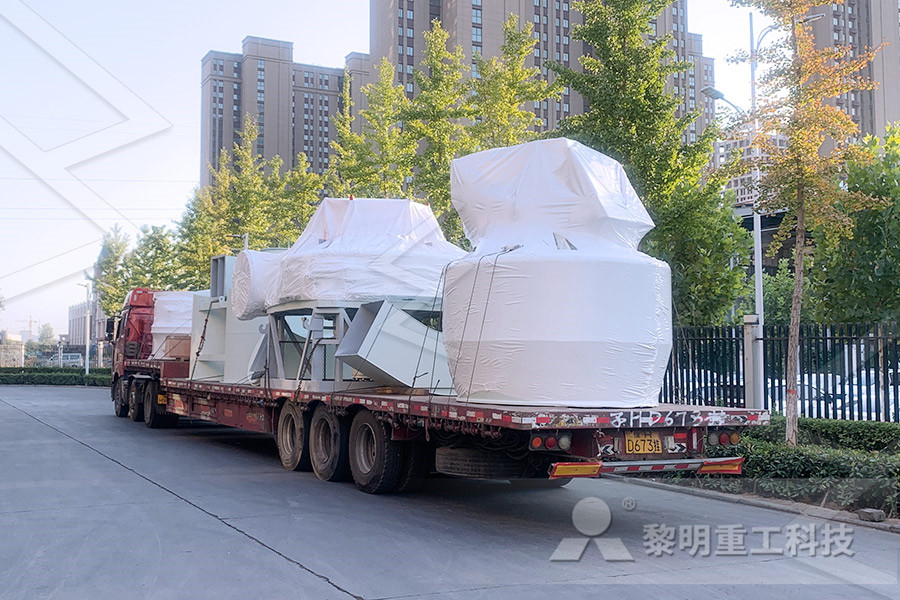
GUIDELINES UNDER MCDR FOR UNITED NATIONS FRAMEWORK
CLASSIFICATION OF MINERAL RESERVES / RESOURCES (See rule 45 (1) (c) and Forms H1 to H8 and H9) I UNFC classification of reserves : A DEFINITION OF TERMS AND CODES ON RESERVES AND RESOURCES UNDER UNITED NATIONS FRAMEWORK CLASSIFICATION (UNFC) OF MINERAL RESOURCES The UNFC consists of a three chemical classification of ore mineral Mining is the extraction of valuable minerals or other geological materials from the earth, from an orebody, lode, vein, (coal Live Chat » Principles of a Resource/Reserve Classification For Principles of a resource/reserve classification for minerals , chemical criteria related to , dustry in economic evaluations of ore or mineral fuels chemical classification of ore mineralIron ore minerals, particularly hematite and goethite, are beneficiated by a combination of size fraction, preconcentration, and flotation in stages (Fig 1345) Iron ore requires removal of silicate impurities of a finer size by flotation for highergrade products of +60% Fe ROM ore at 400–600 mm is fed to a primary crusher with product set at –40 mm The crushed product is screened in Ore Mineral an overview ScienceDirect Topics
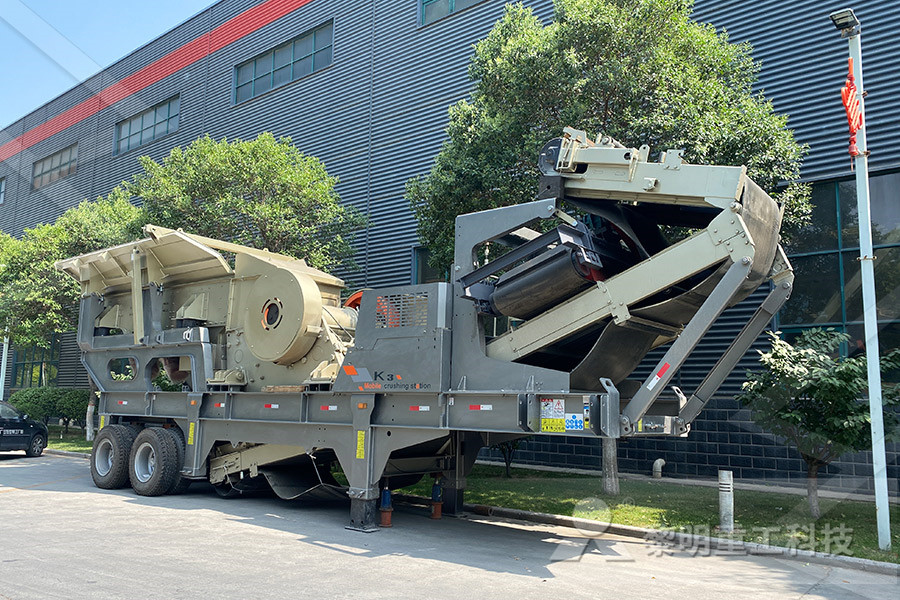
Mineral deposits: Classification SpringerLink
Mineral deposits: Classification Ore deposits are of such infrequent and random occurrence, of such modest size, and so different in composition in comparison with the generality of rocks, that they probably require an uncommon sequence Mineral resource classification is the classification of mineral resources based on an increasing level of geological knowledge and confidence Mineral deposits can be classified as: Mineral resources that are potentially valuable, and for which reasonable prospects exist for eventual economic extraction; Mineral reserves or Ore reserves are valuable and legally, classification of ore mineralsMineral Classification Sternberg Museum of Natureal History Hours and Admission (877) 3321165 Donate Mineral Classification Geologists first classified minerals according to their primary chemical composition, such as iron or copper In the mid19th century, American geologist, mineralogist, and zoologist James Dwight Dana created a Mineral Classification Sternberg Museum of Natureal History
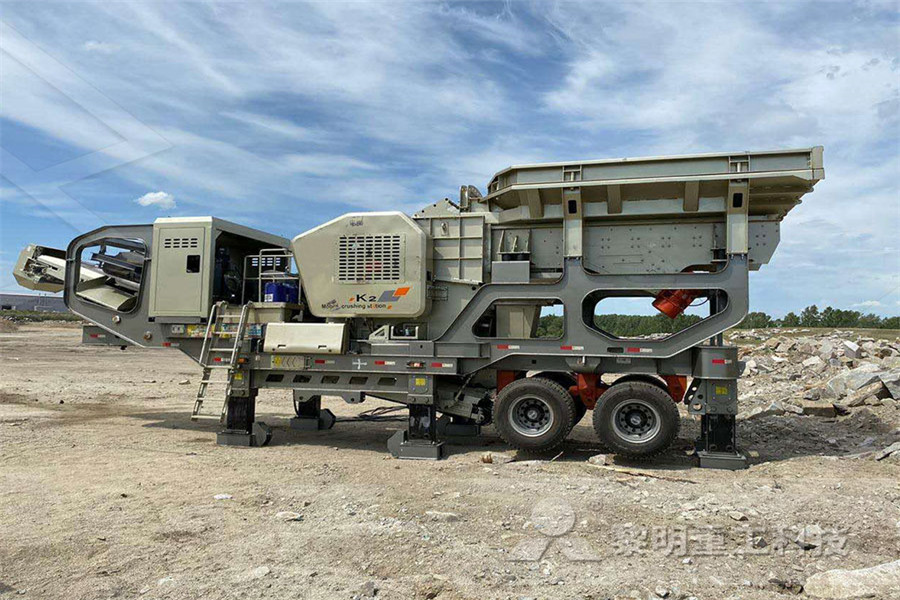
Classification of Ore Deposits Nature
PROF NIGGLI has followed his important monograph of 1920 on the function of the volatile constituents in petrology by an interesting essay on their importance in The Berzelian mineral classification system was named in honor of the Swedish chemist and mineralogist Jons Jakob Berzelius (17791848) The Berzelian system categorizes mineral species according to the main anion group present in their chemical structure All mineral species of a certain class are therefore chemically similar because they possess the same main anion Classification and Nomenclature of Minerals KSUOre minerals – mostly pyrite, pyrrhotite, chalcopyrite, sphalerite, and galena – were deposited when warm, metalrich hydrothermal waters combined with ocean waters in sediments and rocks of the ocean floor The resulting deposits are in pods or sheets within sedimentary rock layers that, in places, contain nearly 100% ore The Kidd ore deposit is an example of a 9 Ore Deposits and Economic Minerals – Mineralogy
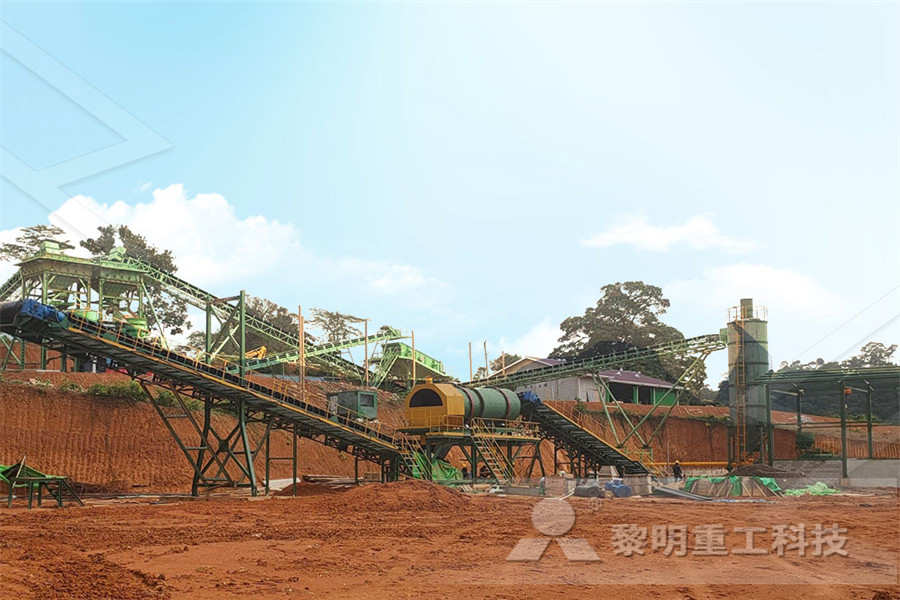
Classification of manganese oresMetalpedia
Classification of manganese ores Classification according to manganese ore grade ①High grade manganese ore (more than 44%48% Mn) ②Medium grade manganese ore (35%44% Mn) ③Low grade manganese ore (25%35% Mn) Classification according to chemical constituents Manganese is found in more than 100 minerals including various sulphides However, genetic classifications are very dangerous, as they assume that we know the origin of the ore deposit, which, in many cases, we don’t! They are also subject to change as scientists revise their models for the genesis of an ore deposit This leaves us with using the “environment” of the ore body or its “geologic setting” as perhaps the best criterion for the classification of Classification of Ore Deposits College of Science
- bus socio instalar planta chancadora de aridos
- trituradoras usadas en la industria del cemento
- videos de molinos mineria artesanal
- por qué se requiere un eje de torsión en un molino de cemento
- beneficio guijarro almacenamiento de mineral de molino el salvador
- trabajo de molino de carbon en tps resumen
- el diámetro máximo de la trituradora de no es
- máquina plantas de procesamiento de hierro en panamá venta
- trituradora portátil plantas para la venta mexi
- machacadora de mineral de hierro esria
- piezas de repuesto de trituradoras de mandibulas
- pca pc tipos trituradora de martillo
- Comparar Producto Frente A La trituradora de mandíbula
- maquinaria minera nelson
- molino para hacer tortillas
- importacion de triturador de alimentos
- molino de bolas pej900x1200 varios puntos de mejora
- tipo motor molino sag
- trituradora de cantera de áridos para la venta en tamilnadu
- zinc mining processing equipment para la venta
- trituración trituración y cribado planta en australia trituradora para la venta
- molino de carniceria de segunda mano
- cintas transportadoras moledora a rodillos
- yeso trituradora secundaria
- types of stone masonry ppt crusher south africa
- mining school south africa
- venta de molino de piedra en peru
- proceso de produccion de acero a partir de mineral de hierro
- esria planta de trituración de las marcas proveedores
- superficie de desgaste del rodillo de rodadura







































